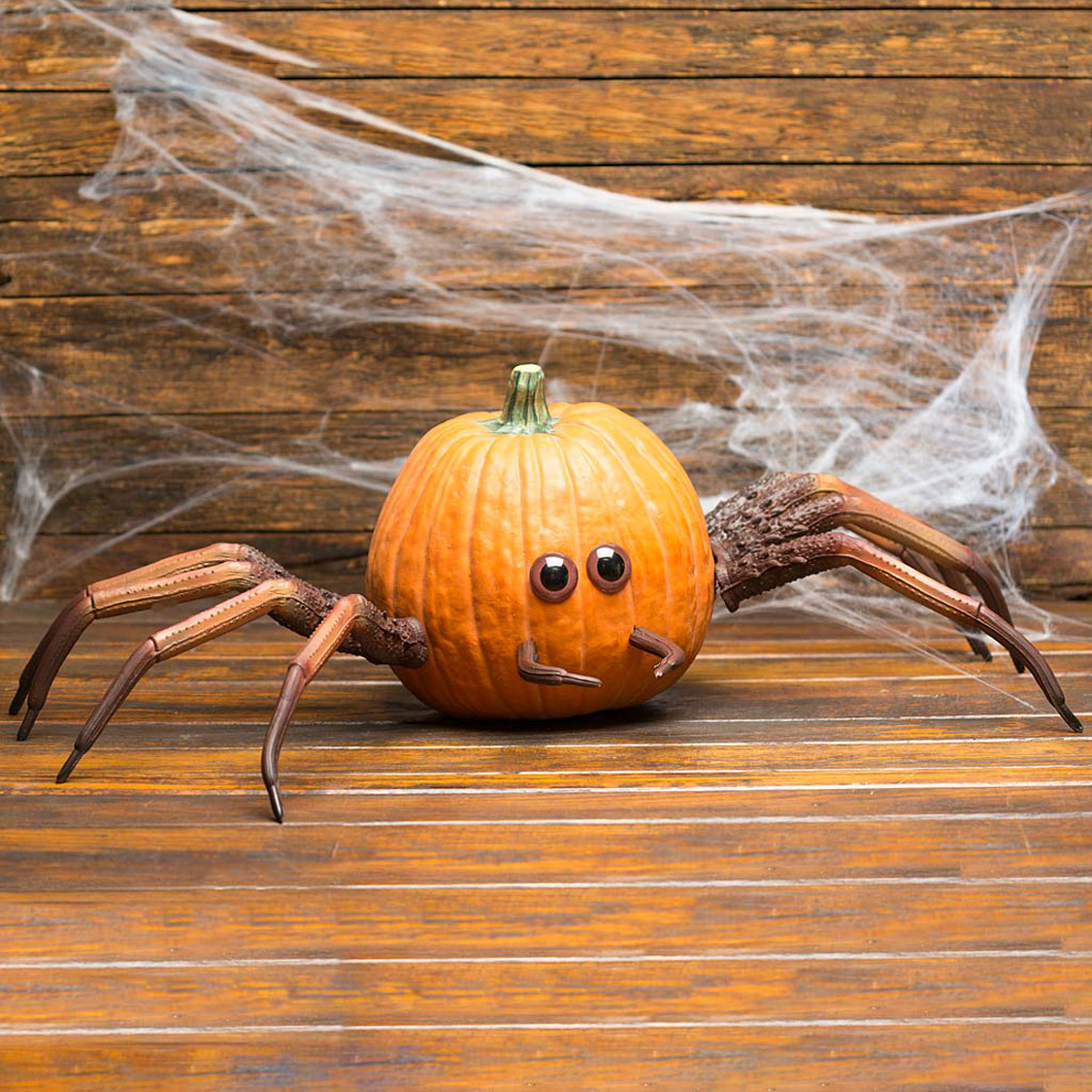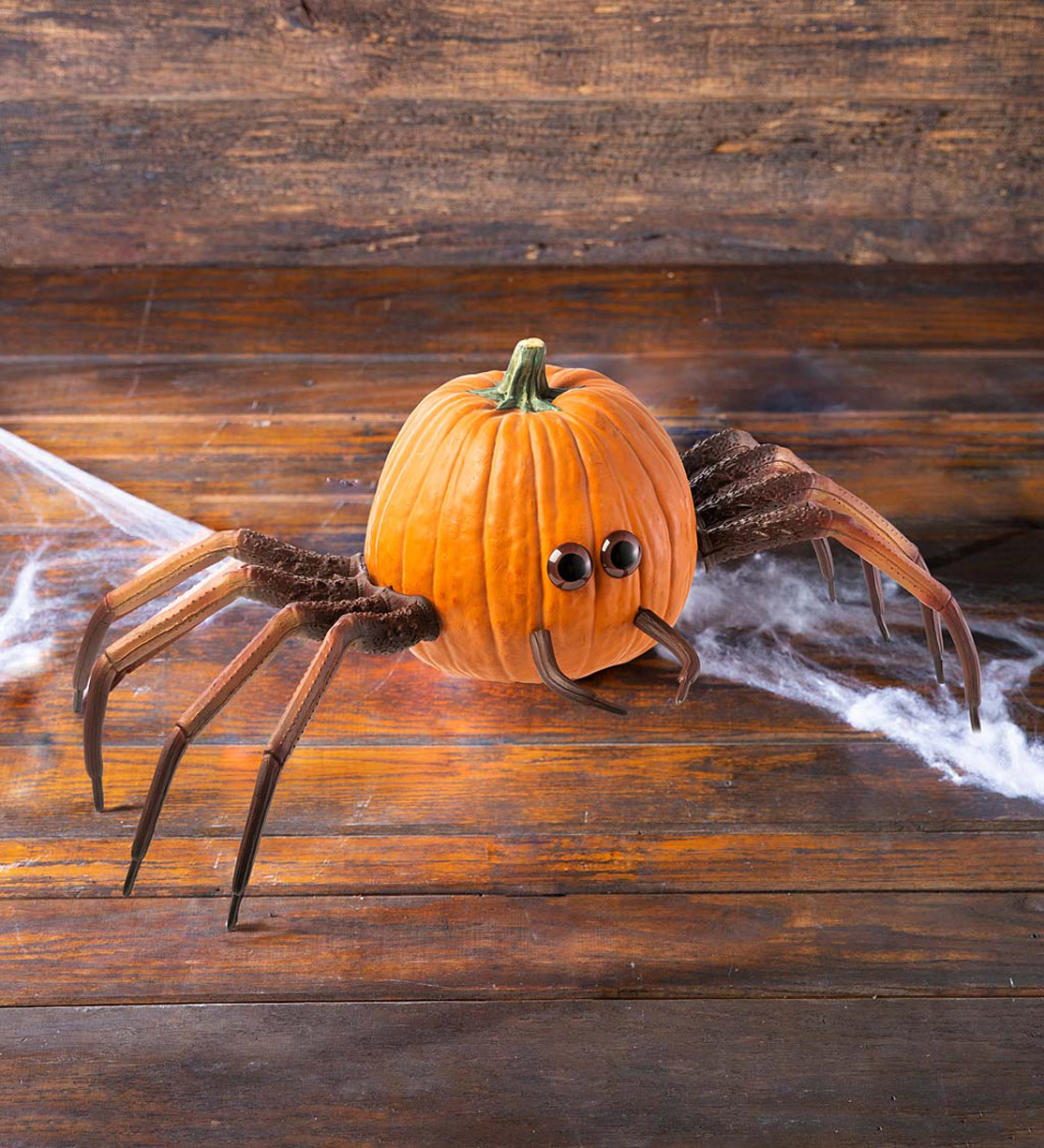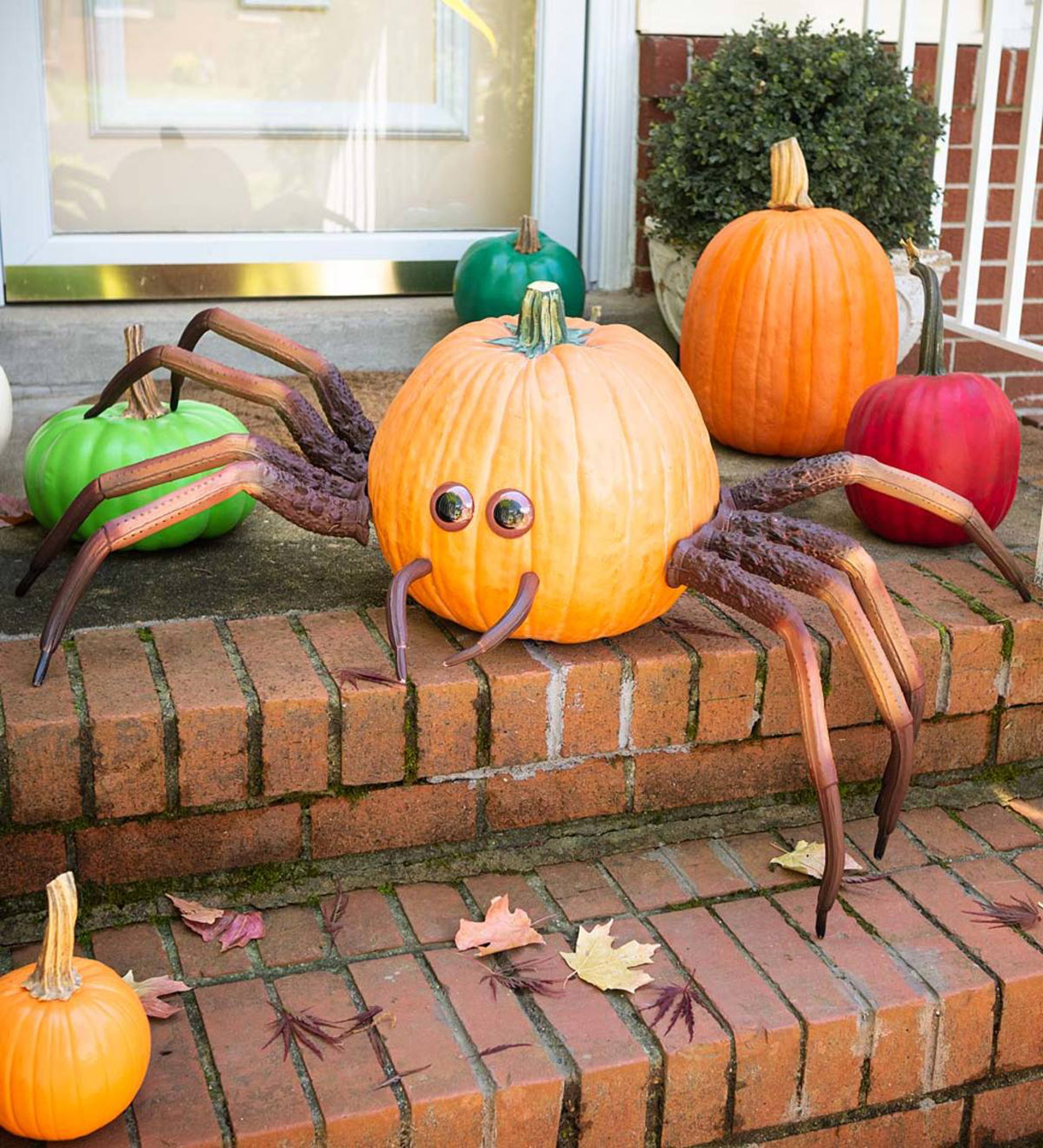
Introduction
Spider pumpkin is an intriguing and unique variety of pumpkin that has gained popularity in recent years. Its distinctive appearance, resembling a spider web, makes it a great choice for Halloween decorations and themed events. This article will explore the characteristics, cultivation, and creative uses of spider pumpkins, providing you with all the information you need to know about this fascinating gourd.
Characteristics of Spider Pumpkins

Spider pumpkins, also known as cobweb pumpkins, are a variety of Cucurbita pepo, the same species as traditional pumpkins. What sets them apart is their unique skin pattern, resembling a spider's web. The surface of the pumpkin is covered in fine, silvery-white web-like lines that spread across the orange or green skin. This distinct pattern gives spider pumpkins their name and adds a touch of intrigue to any display.
These pumpkins come in various sizes, ranging from small to medium, making them versatile for different uses. They have a round or slightly flattened shape, with a deep orange or green color beneath the intricate webbing. Spider pumpkins also have a thick, sturdy stem that adds to their overall appeal.
Cultivation

Spider pumpkins can be grown in a similar manner to other pumpkin varieties. They require well-drained soil, ample sunlight, and regular watering to thrive. Here are some key steps to consider when cultivating spider pumpkins:
1. Seed Selection: Choose high-quality spider pumpkin seeds from a reputable supplier. Look for seeds that exhibit the characteristic web-like pattern on their skin.
2. Soil Preparation: Prepare the soil by removing any weeds, rocks, or debris. Amend the soil with organic matter, such as compost, to improve its fertility and drainage.
3. Planting: Sow the spider pumpkin seeds directly into the soil after the danger of frost has passed. Plant the seeds about an inch deep and space them at least two feet apart to allow for proper growth.
4. Watering and Maintenance: Water the plants regularly, especially during dry spells, to ensure adequate moisture. Monitor for pests and diseases, and take appropriate measures to protect the plants.
5. Harvesting: Spider pumpkins are typically ready for harvest 90 to 110 days after planting. Look for signs of maturity, such as a hard skin and a deep orange color. Cut the pumpkins from the vine with a sharp knife, leaving a few inches of stem attached.
Creative Uses of Spider Pumpkins

Spider pumpkins offer endless possibilities for creative and festive decorations. Here are some ideas to inspire you:
1. Halloween Centerpieces: Carve spider-shaped designs into the pumpkins and place them as captivating centerpieces for Halloween parties. The web-like pattern on the skin will enhance the spooky atmosphere.
2. Front Porch Displays: Arrange spider pumpkins of various sizes on your front porch or doorstep to welcome trick-or-treaters. Their unique appearance will undoubtedly catch the attention of passersby.
3. Wreaths and Garlands: Integrate spider pumpkins into Halloween wreaths and garlands. Combine them with other seasonal elements like colorful leaves, bats, or witches for a truly enchanting display.
4. Table Decorations: Use small spider pumpkins as table decorations for Halloween-themed dinners or parties. Place them alongside candles, autumn foliage, and other spooky accents for an eerie yet elegant ambiance.
Conclusion
Spider pumpkins are a fascinating and eye-catching addition to any Halloween or autumn display. Their intricate web-like pattern and versatile usage make them highly sought after for creative decorations and festive celebrations. Whether you choose to carve, paint, or simply display them as they are, spider pumpkins are sure to impress. Embrace the uniqueness of these gourds and let them weave their magic in your seasonal decor.